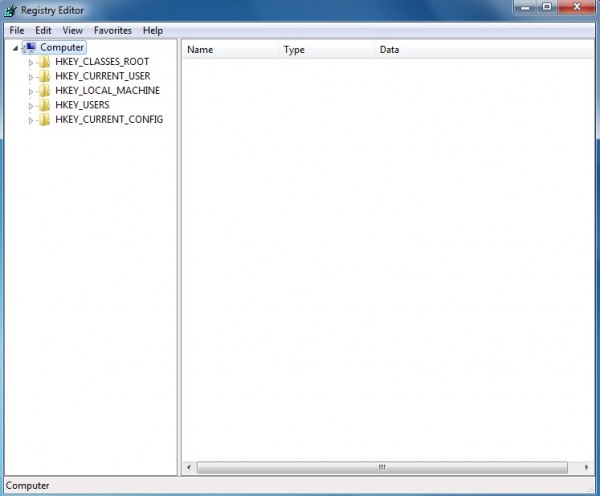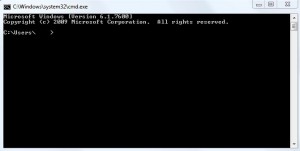XP Antivirus 2013 has been another troubling issue in the antimalware community since of late. Although we do not have an exhaustive scope of information on this sample at our disposal so far, there is a really high probability of XP Antivirus 2013 being a fake anti-spyware utility. The available user feedback on this program testifies to a few things. First off, this application appears on one’s machine through a stealthy procedure, not involving the user into this activity. To put this another way, the pest apparently applies the notorious trojan assisted methods for compromising computers. Following the onset, there will definitely be an aggressive mind attack.
XP Antivirus 2013 scans your system right away and reports many unwanted objects when this so-called scanner is through. At this point, we want to say the security problems you are notified of by this particular software are not to be taken for granted. This scareware (like any other) is designed to claim the wrong things with one intention in mind, i.e. to frighten the victim about the supposed virus issues that have been kinda detected on the PC. This is the biggest sort of trap millions of people have fallen for since the launch of the rogueware spreading industry years back. You must therefore perceive all the spyware detection reports from XP Antivirus 2013 as an attempt to scam you. So instead of fighting windmills (aka deleting the purported bad items ‘found’ by the malware program in question), you are recommended to take action against this utility in the first place. Moreover, it’s a must to mention XP Antivirus 2013 requires you to make a payment before it can actually get down to ‘cleaning’ your machine. It’s hence more than obvious that your main goal right now is to get this fake XP Antivirus 2013 out of your workstation. GridinSoft Trojan Killer, a powerful anti-virus solution is number one tool for automatic killing this parasite.
XP Antivirus 2013 Manual Removal Guide
Remove XP Antivirus 2013 files- Click Windows Start menu & then click “Search.”
- A pop up will ask, “What do you want to search for?” Click “All files and folders”
- Type a badware file name in the search box, and select “Local Hard Drives”
- Click “Search” and wait till all badware files are found.
- Once you get them simply delete them.
- Click the Start menu, select Run.
- Type taskmgr.exe into the Run command box, and click “OK.” You can also launch the Task Manager by pressing keys CTRL + Shift + ESC.
- Click Processes tab, and find badware processes.
- Once you’ve found the badware processes, right-click them and select “End Process” to kill badware.

Remove XP Antivirus 2013 registry keys
- Click the Start menu, and click “Run.” An “Open” field will appear. Type “regedit” and click “OK ” to open up your Registry Editor. In Windows 7, just type “regedit” into the “Search programs and files” box in the Start menu.
- Registry Editor opens as a two-paned window: the left side lets you select registry keys,the right side shows the values of any selected registry key. To find a badware registry key, select “Edit,” then select “Find,” and in the search bar type any of badware ‘s registry keys.
- When the badware registry key appears, to delete the badware registry key, right-click it, and select “Modify,” then select “Delete”
 Delete XP Antivirus 2013 DLL files
Delete XP Antivirus 2013 DLL files
- Type “regedit” into the “Search programs and files” box in the Start menu.
- To change your current directory, type “cd” in the command box, press “Space,” and enter the full directory where the badware DLL is located. If you’re not sure where the badware DLL is located, enter “dir” in the command box to display a directory’s contents. To go one directory back, type “cd ..” in the command box and press “Enter.”
- When you’ve found a badware DLL, type “regsvr32 /u AnyDLLName.dll” (e.g., “regsvr32 /u jl27script.dll”) and press “Enter.”

If your homepage was changed by XP Antivirus 2013
- Select Start menu > Control Panel > Internet Options > General.
- Type your preferred home page’s URL.
- Click “Use Default,” “Apply,” and “OK.”

Source: http://remove-trojans.com/how-to-get-rid-of-xp-antivirus-2013/

No comments:
Post a Comment